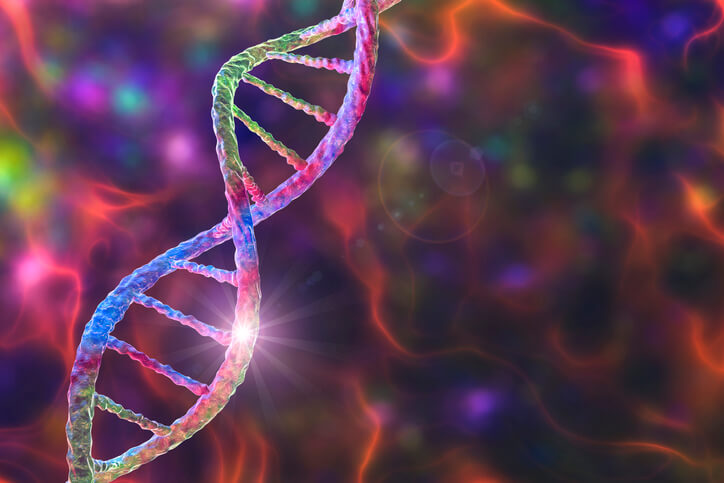A craniofacial duplication is a rare form of congenital disorder which is commonly known as Diprosopus; in...
Month: February 2023
About Team Elsevier is the world’s leading provider of scientific, technical and medical information, tools and resources....
Epigenetic memory is a key cell mechanism in processing of life that can controls the inheritance of...
About Team Our team works with Editors, Authors, Reviewers and colleagues to manage the end-to-end editorial publication...
Since the 1970s, scientists have known that copper has a special ability to transform carbon dioxide into...
What is Bioinformatics? Bioinformatics is a field of science that uses computational techniques to process, analyze and...
Monkeyflowers glow in a rich assortment of colors, from yellow to pink to deep red-orange. But about...









